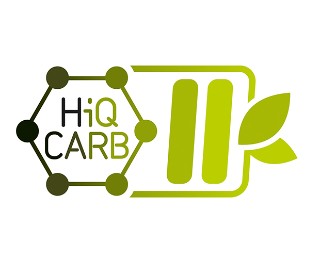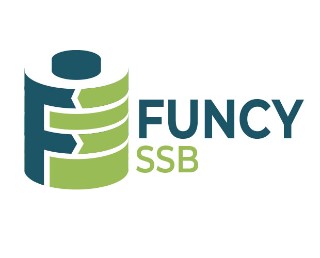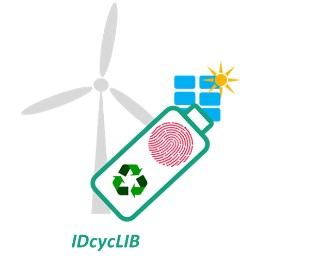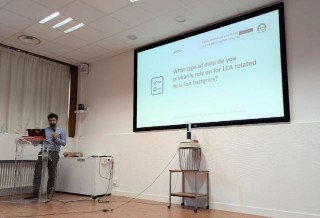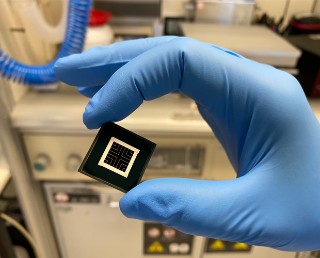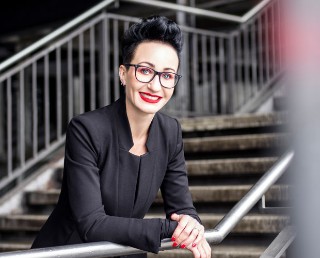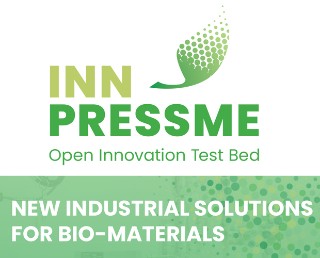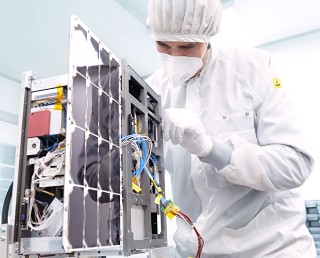
Würzburg/ Freiburg. The automotive supplier Brose is planning to enter the space and satellite sector. In October, the family-owened company formed strategic partnerships with Fraunhofer-Institute for High-Speed-Dynamics EMI, Fraunhofer Institute for Silicate Research ISC and the BERLIN SPACE Consortium (BERLIN SPACE). The goal is to develop small satellites, key components for space technology, and highly efficient electric drive systems together, and to manufacture them in industrial series production.
more info
